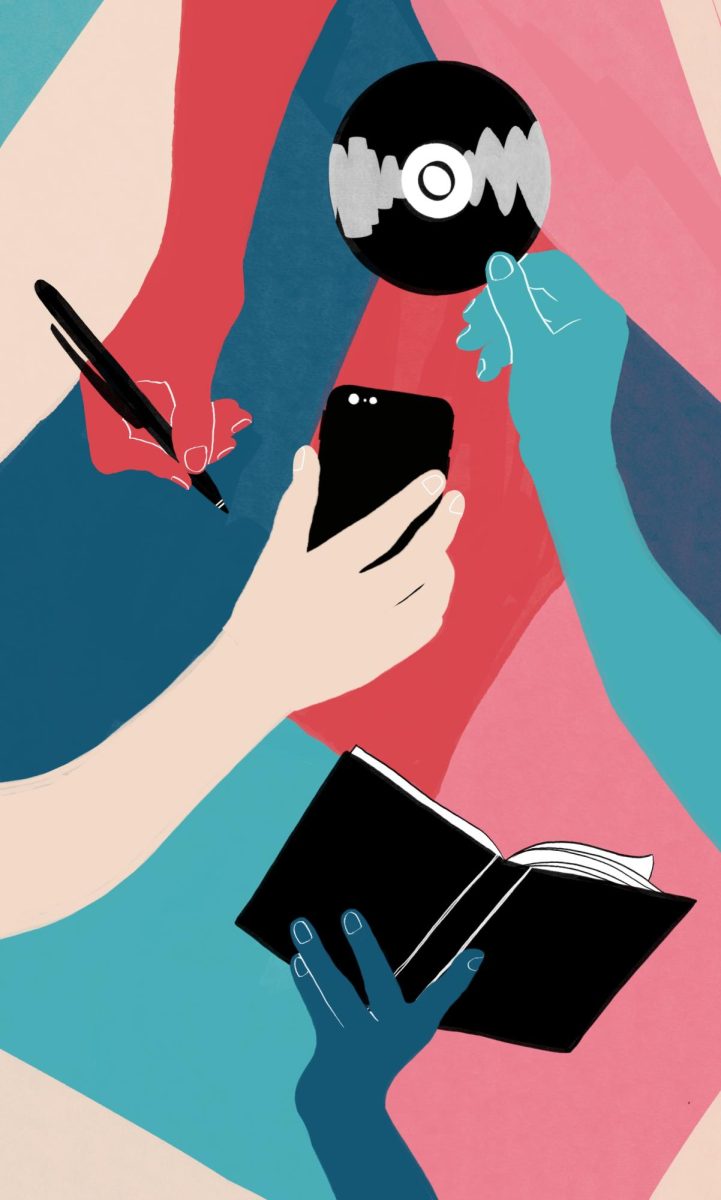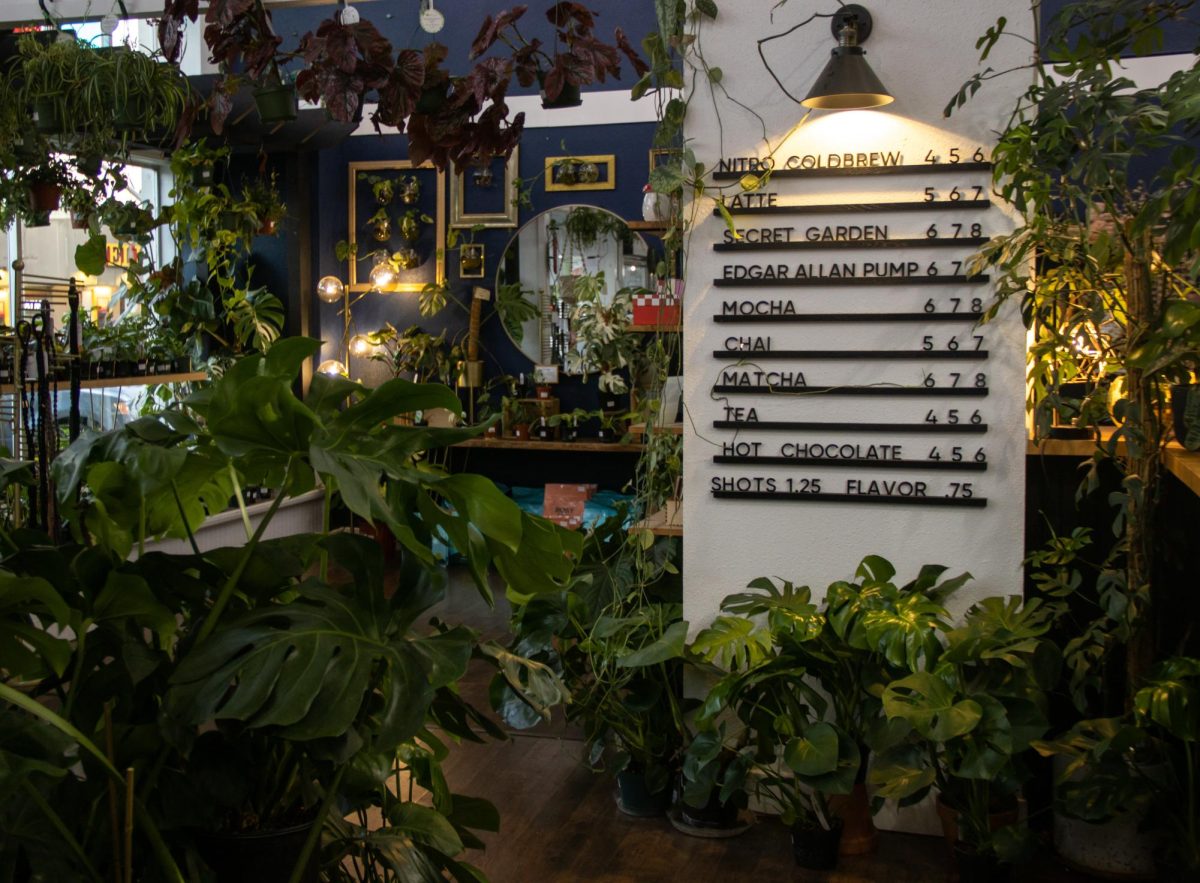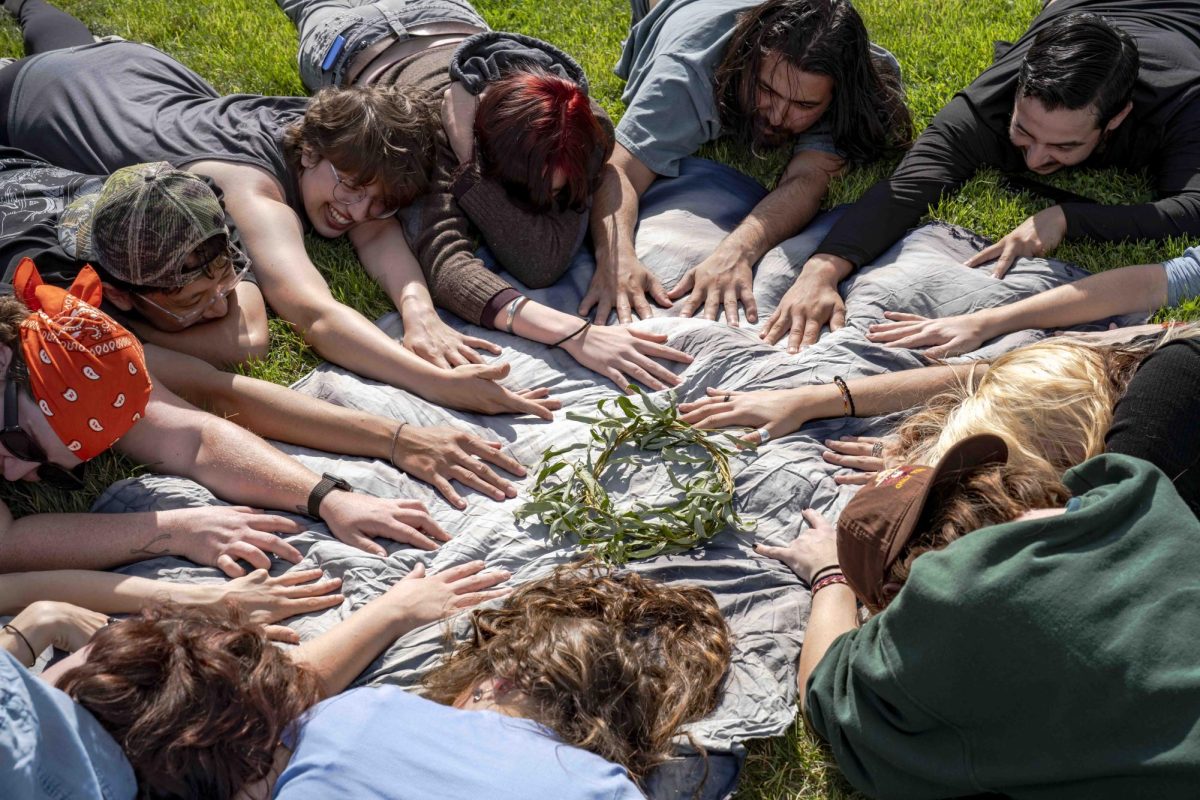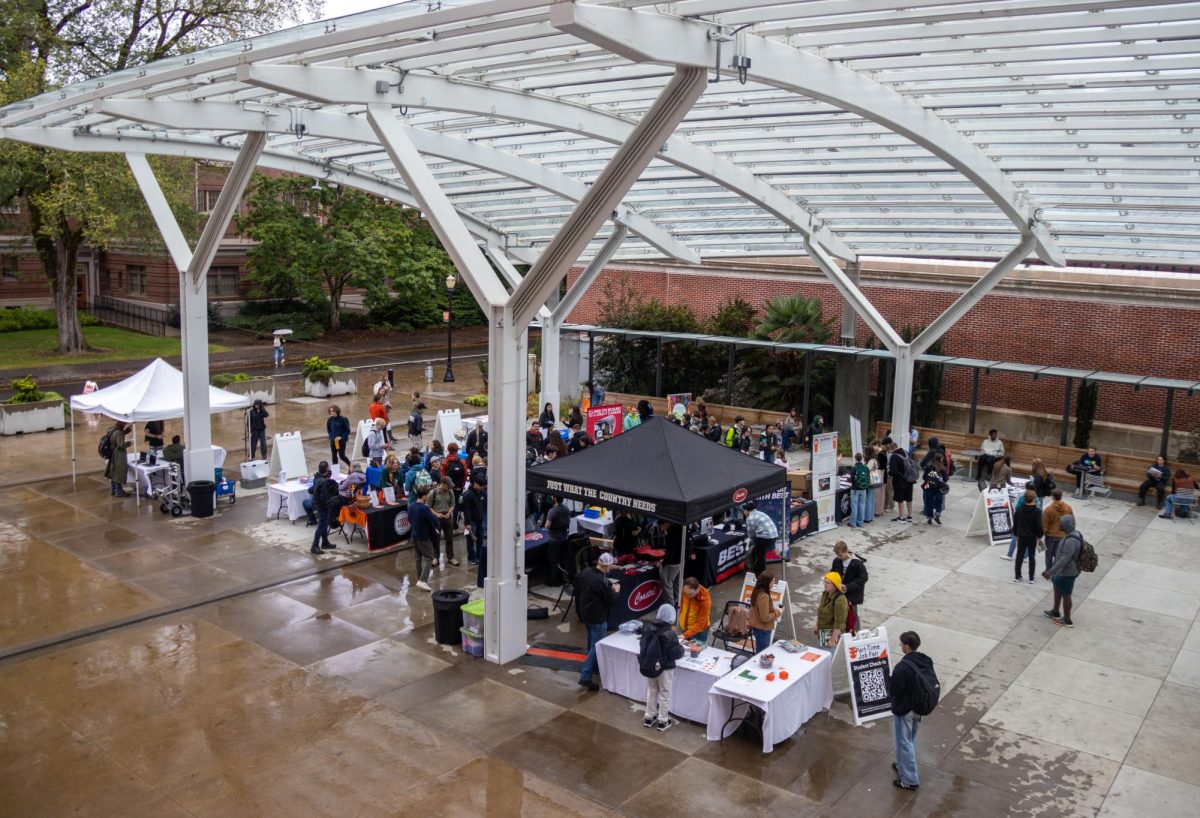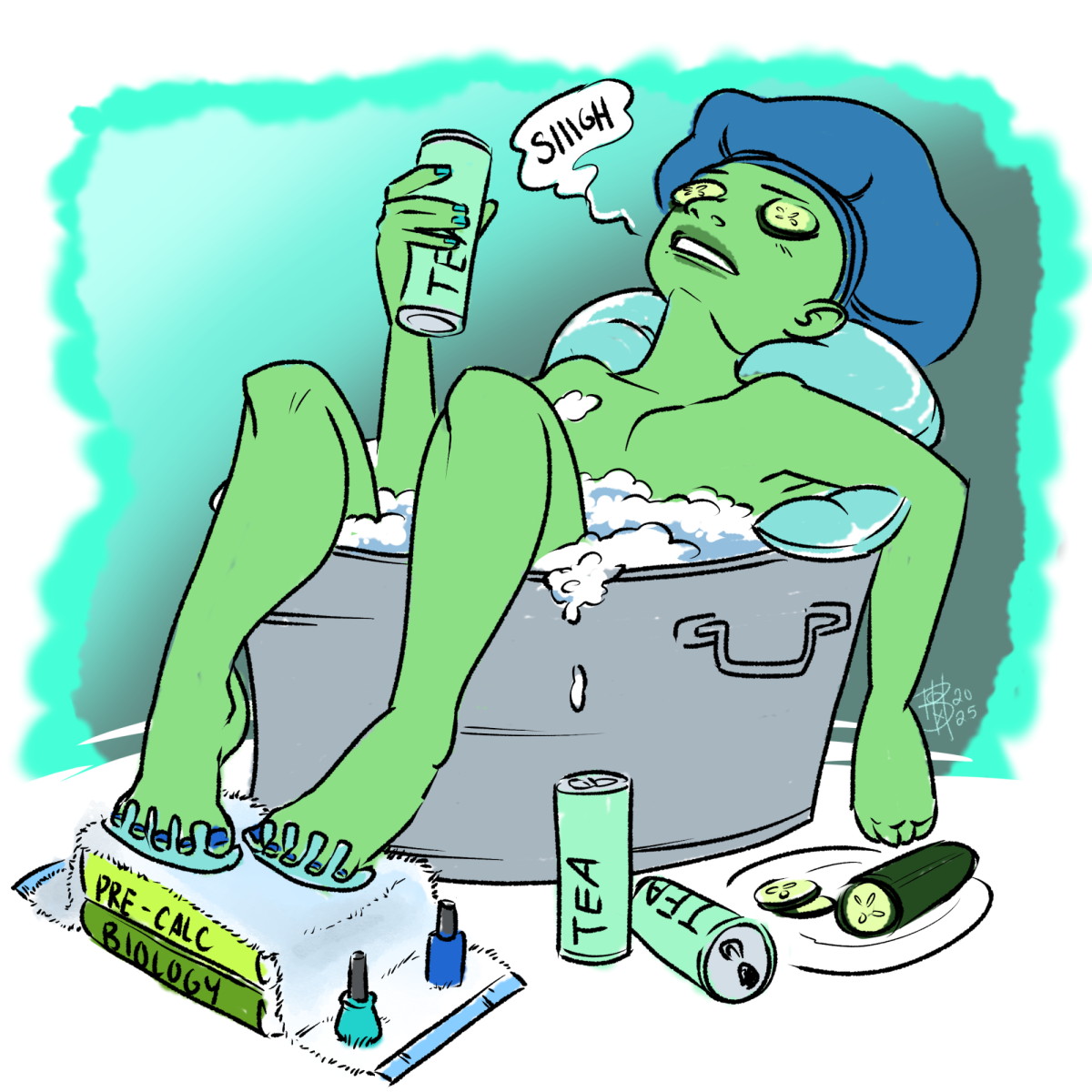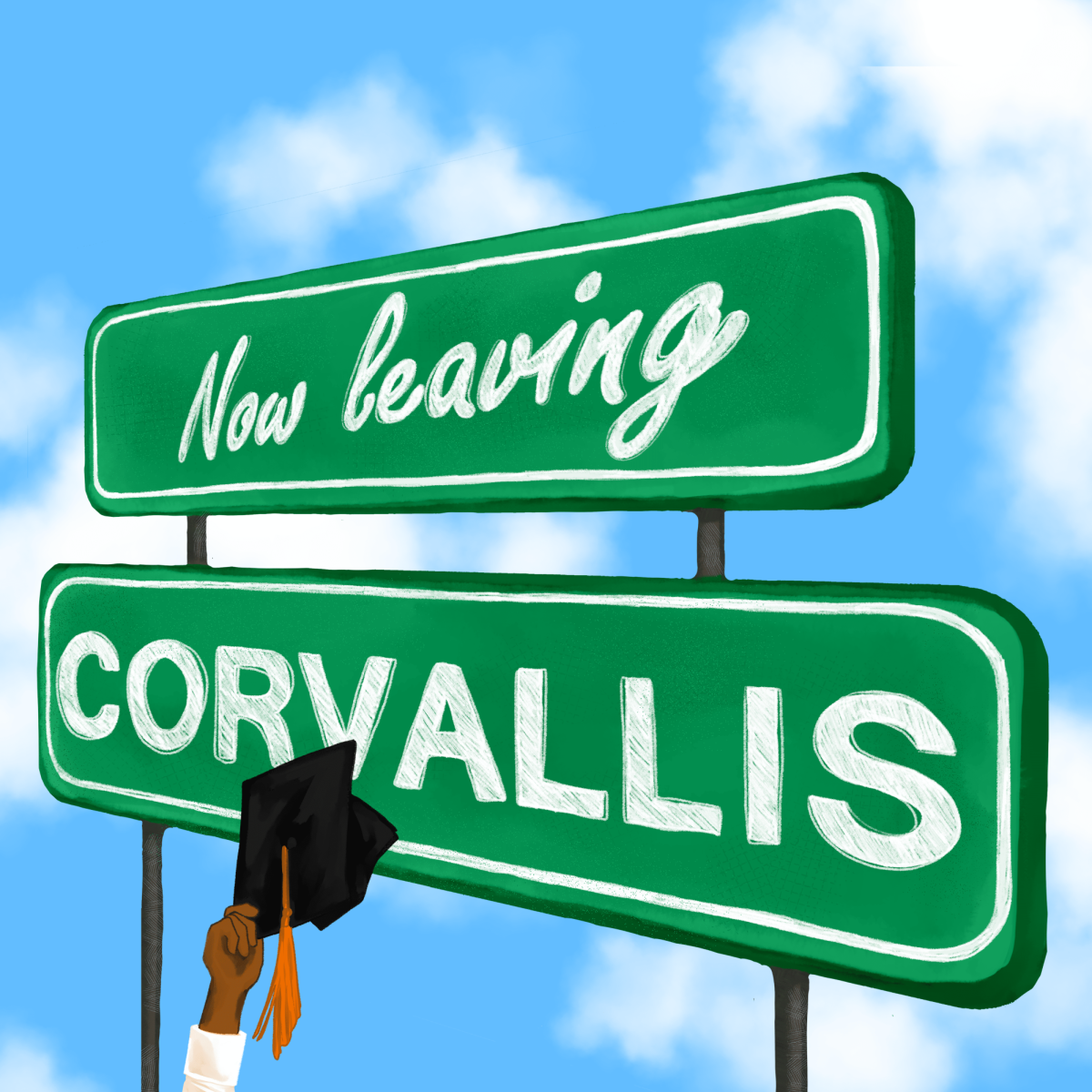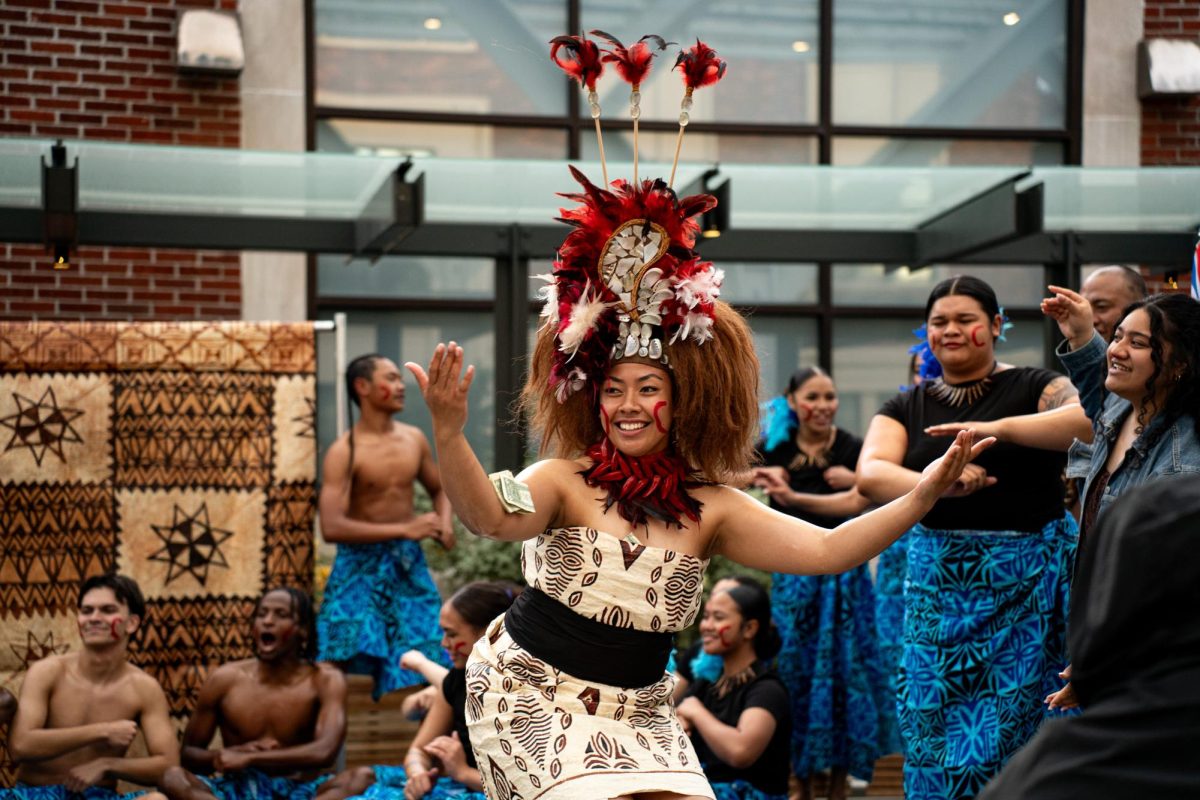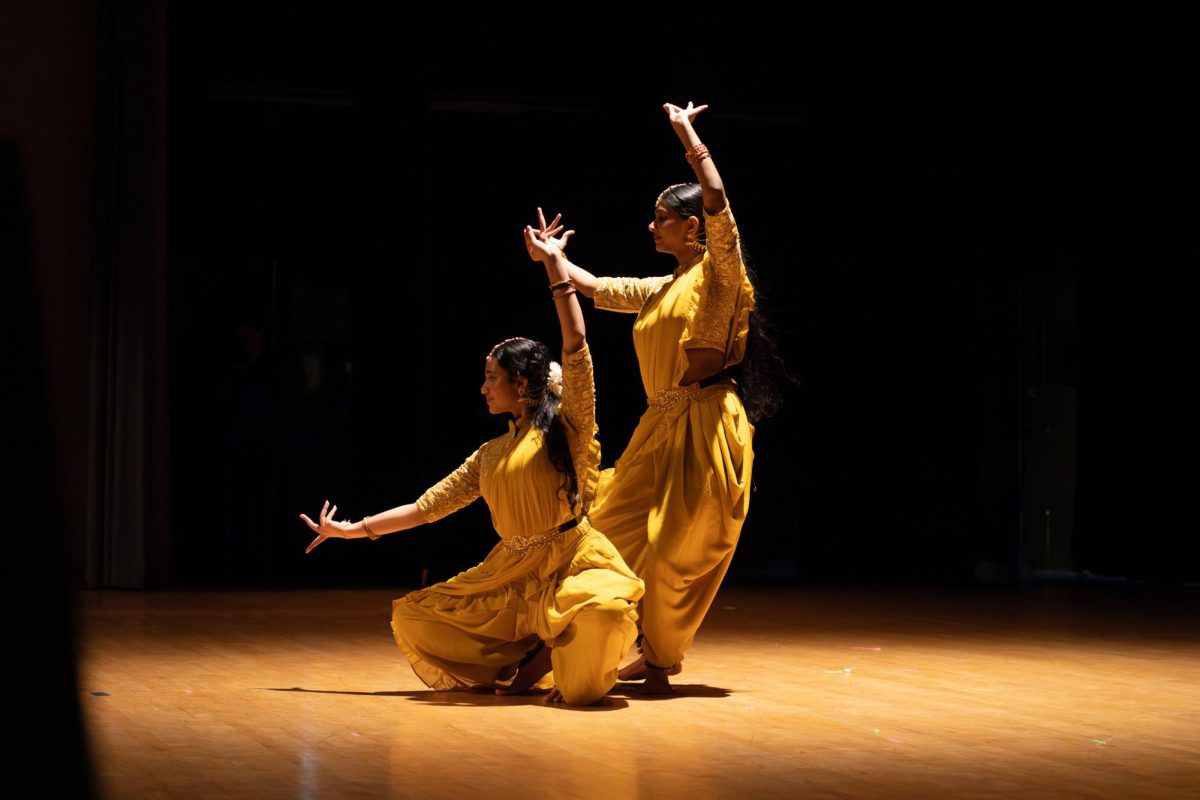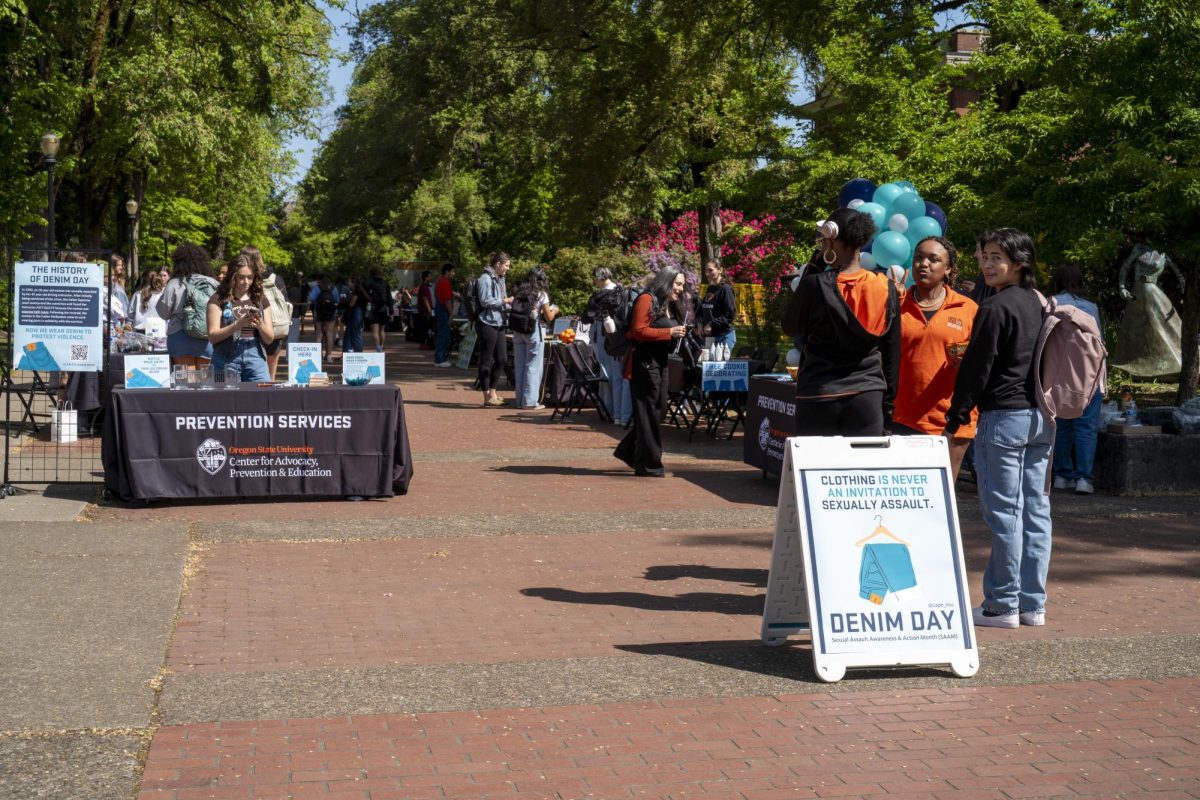Media’s portrayal of queer individuals is a big step for inclusivity. When done well, it breaks stereotypes and provides authentic narratives, fostering understanding in society.
However, what does good representation look like? Do people who identify as queer see representation that they identify with or even see it in a positive light being portrayed in media?
“While it is getting more common, many influencers or actors come out as queer, then the popularity dies down after a month or so,” said Quinn Chronister, a fourth-year at Oregon State University. “Queerness is not innately visible; we can try to make it that way, but not everyone does.”
When audiences can’t immediately depict a person in the media as queer but have a way of being seen as such, some would call that being “queer coded”.
Queer coding refers to the act of attributing heterosexual or cisgender traits to a character in media whose sexuality isn’t explicitly stated.
Celebrities may employ queer coding through subtle signals such as their clothing choice, song lyrics, work, etc., effectively creating an unspoken communication with the LGBTQ+ community.
“Because of this, viewers can not immediately tell if someone is queer, so there is little obvious representation,” Chronister said.
Regardless of visibility or not, representation of queerness and the relationships being formed through that lens often get highlighted in grassroots media publications like Them as suggested by Lorenzo Triburgo, a senior instructor in the Women, Gender, and Sexuality department.
“(Them) is an example of (how) our current culture has access to technology and distribution of media and all the changes they’re in have made it possible to share,” Triburgo said.
What happens when queerness and the aspects of queer relationships are represented badly in the media? What fallout comes from that?
“To me, bad representation is really only when someone who is transphobic or homophobic uses a phrase involving queerness to intentionally provoke anger or fear among queer individuals,” Chronister said. “They are sharing their perspective of queerness being bad or evil, which in turn damages the reputation of queer people.”
Some comedians today gripe about how they’d never be able to make jokes today the way they used to “back in the day” because nowadays people get canceled for even the most minute of things for no reason.
Queerness and aspects of their relationships haven’t been presented positively until recently, some would say. So much so that the comedy sketch show “Saturday Night Live” some 30 years ago had an ongoing skit that featured a character called Pat, played by actress Julia Sweeny.
Pat whose gender is unknown to those around them. This ambiguity becomes the main source of discomfort in encounters with Pat, leading others to constantly question and test them in attempts to discern their gender.
The humor derives from how elusive this information remains throughout the skit – the persistent uncertainty surrounding Pat’s identity effectively forms the crux of the joke.
“I remember watching that and feeling awful. I was 10 years old …watching it with my family and feeling, I didn’t know exactly why – but immediately, marked and alienated,” Triburgo said.
That type of representation can leave a mark on young people who may need the words to form what it is they are feeling, or even understand the concept of identity.
When a young person doesn’t have the words for something it is called early intermediate representation, according to Triburgo.
A form of intermediate representation comes in gender identity or expression. The person being perceived can’t be classified as a “man” or “woman” because their identity or expression doesn’t match those markers alone.
“There can be negative ramifications of increased representations,” Triburgo said.
Thinking back to the early 2000s when shows like “The L Word” and “Queer as Folk” were taboo representations of queer relationships in the media, a lot of people still watched those shows despite their lack of ethnic and body diversity.
Some folks said they still needed to see that queer love was real and achievable. Despite bad or negative depictions of queerness in the media, there was something to be said about queer love and its authenticity.
For others though navigating their queer identity and relationship didn’t come much from media portrayals but from playing the cards that were dealt.
“I have been fortunate in regards to my relationship,” Chronister said. It started as a heteronormative one but has since naturally survived my coming out as nonbinary. While I still don’t know if we are technically straight since we don’t identify as the same gender, what I do know is that it can take time to adjust.”
Media can have positive impacts at individual levels. However, Triburgo said that it also highlights the crucial role in shaping public opinion and influencing societal tolerance towards certain groups, particularly those who are criminalized.
Media representations construct and steer popular sentiment which subsequently affects perceived norms.
What are good examples of queer relationships then? A recently trending and recommended show is “The Last of Us”. In season one episode three titled, “Long, Long Time” showcased a gay couple that didn’t have a negative storyline.
This was important because the episode, despite having an ending that left some viewers emotional, the story told is about love and fighting for it.
Triburgo recommended a show on the streaming service “Max” called “Sort Of” for a positive representation of queerness and queer relationships.
A dramedy featuring Sabi Mehboob, a non-binary millennial and the youngest child of Pakistani parents. The storyline follows their navigation through love, career, and family amid challenges and uncertainties.
Despite the complexities in life, Sabi aims to make choices while understanding personal boundaries and building self-worth sufficient for themselves.
“Their (Sabi) friends are chosen family and then, in particular, focus on the children whom they provide care for… I would recommend that for pretty much everyone to watch it. There’s no perfect show, but sort of I think it’s pretty important in terms of representation,” Triburgo said.
If you are looking to expand your view on queer representations here is a list of some different recommendations. For horror fans and podcast listeners, here is a queer-led, created and originally scripted work.
Susto is hosted by Ayden Castellanos his podcast explores all things spooky and otherworldly.
History is Gay is a monthly podcast hosted by two queer hosts who take their passion of social justice, storytelling and history to examine the past and bring to light the untold stories of overlooked people.
LGBTQ Reads has compiled a list to “queer up your shelf” of authors recommendations from this past year.
Pride.com put together a list of movies, shows and web series being made by queer creators that came out this past year and are set to premiere next year in 2024.
If you still can’t find something in the recommendations listed above, it is important to remember that representation can come in various forms in our digitally optimized world of today.
With today’s access to tech and social media platforms creating the representation that you want to see in the world is a choice available to you.

